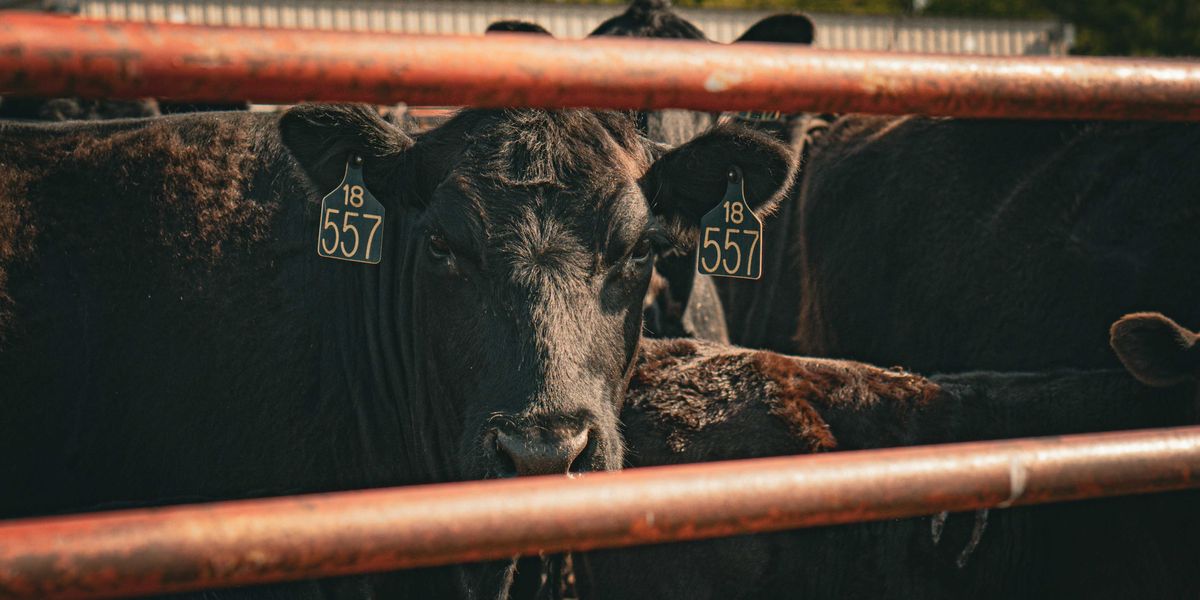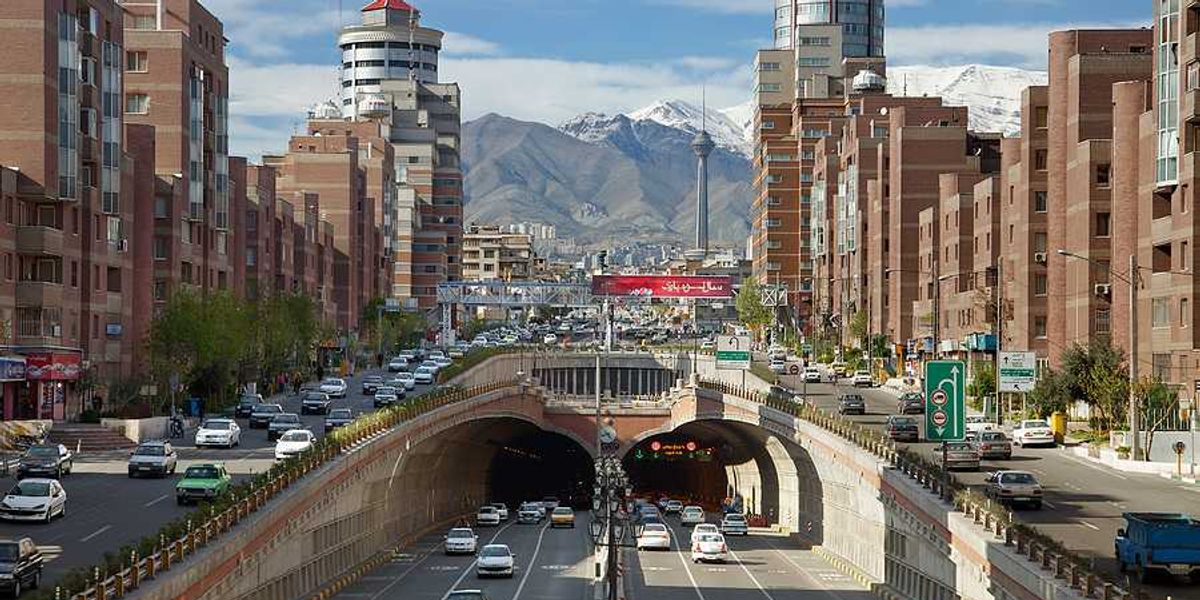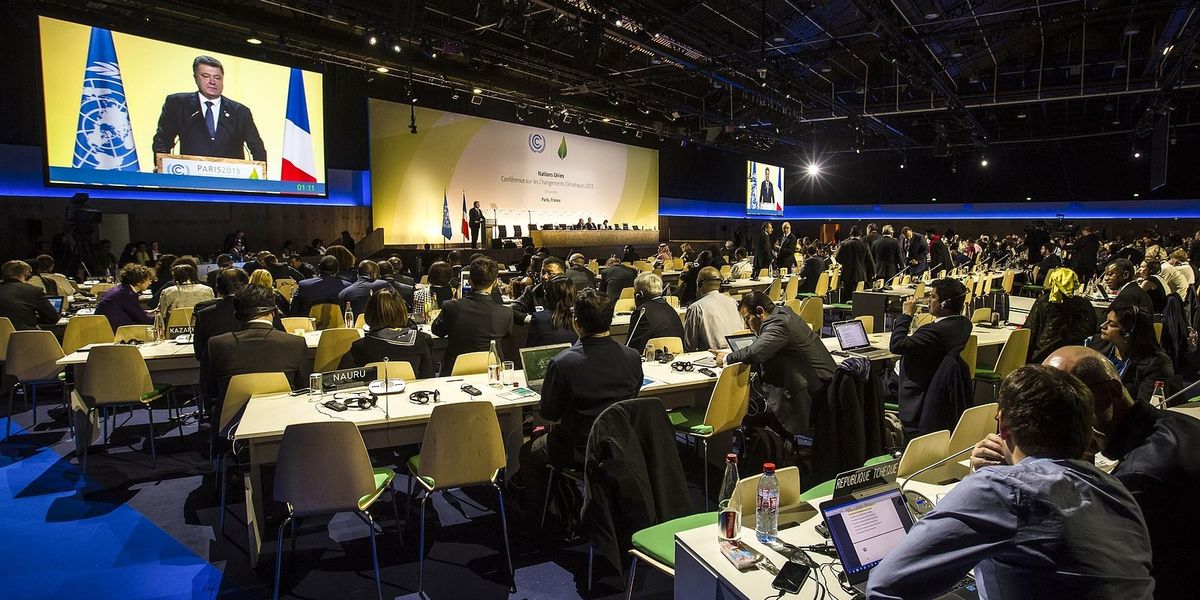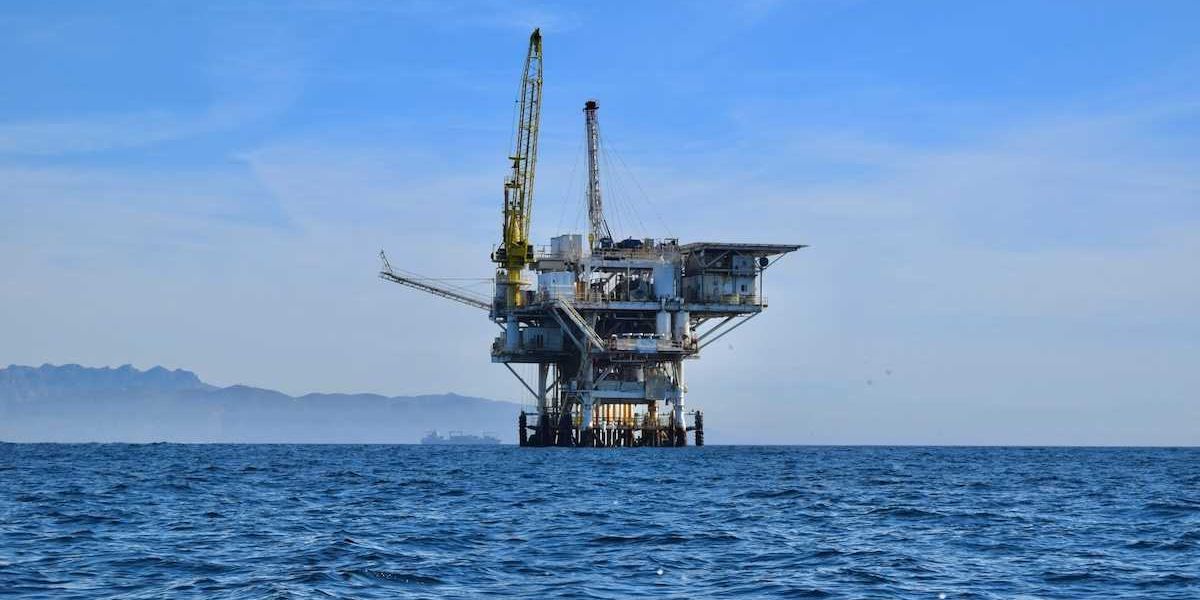Drought in the American Southwest could persist through 2100, scientists warn
A new climate study suggests that a stalled Pacific Ocean pattern, intensified by human-driven warming, may lock the American Southwest in a megadrought for the rest of the century.
Raymond Zhong reports for The New York Times.
In short:
- A new study based on sediment records from ancient lake beds indicates that a prolonged drought struck the Southwest 6,000 years ago when a similar ocean temperature pattern persisted for millennia.
- Researchers found that today's version of this ocean pattern, known as the Pacific Decadal Oscillation, may again be stuck in a dry phase due to rising global temperatures from fossil fuel emissions.
- Climate models suggest the Southwest’s current megadrought, already 25 years long, could extend for many more decades, severely straining water systems, agriculture, and growing industries.
Key quote:
“All these trends are starting to emerge recently that are very unlikely within our understanding of the climate system.”
— Pedro DiNezio, climate scientist at the University of Colorado Boulder
Why this matters:
American Southwest is already struggling with water shortages, rising temperatures, and shrinking reservoirs. Prolonged drought could reshape life across the region, from agriculture and drinking water to energy generation and wildfire risk. Climate models suggest human activity is making historic climate fluctuations more extreme and persistent. A stuck Pacific Ocean temperature pattern means natural wet-dry cycles may no longer balance out as they once did. That has implications far beyond the Southwest — suggesting global systems like El Niño and jet streams may no longer behave as they did for centuries. As the planet warms, scientists worry we may be entering a new climate regime, one where familiar patterns unravel, and future extremes become harder to predict and plan for.
Related: Drought and heat drive a surge in dangerous dust storms across the Southwest













